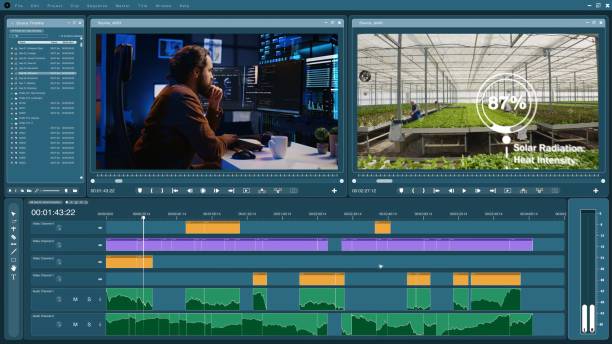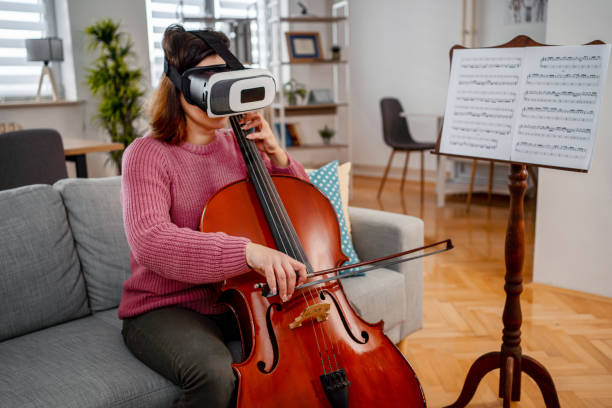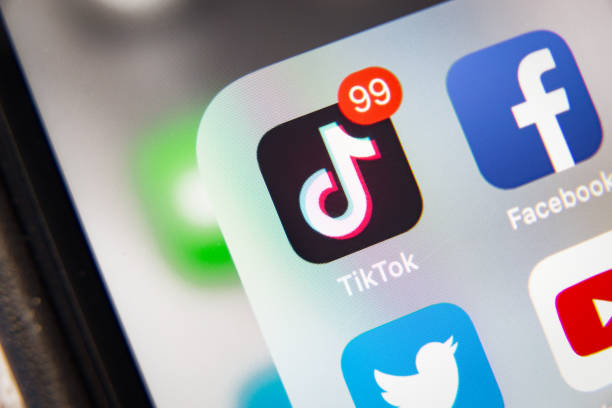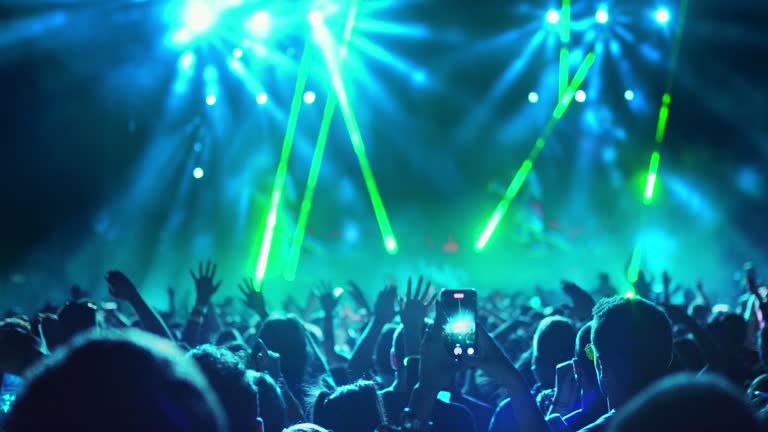Comedy has always been a part of entertainment, but its role in television has changed a lot over time. Early TV comedies were simple and lighthearted. They were mostly based on jokes and funny characters in funny situations. Shows like “I Love Lucy” and “The Honeymooners” became classics because they made people laugh with clean, everyday humor. But as the world changed, so did comedy. Modern television now offers many types of comedy, from dry humor to dark satire. Comedy today reflects real life more, dealing with serious topics in a funny way. In this article, we’ll explore how comedy on TV has evolved, the reasons behind these changes, and how it affects viewers today. Let’s dive into this fun journey.
The Birth of Sitcoms and the Golden Age of TV Comedy
In the 1950s and 60s, sitcoms (short for situation comedies) ruled the small screen. These shows usually featured a family or group of friends going through everyday problems, which were solved by the end of each episode. Laughter was often added with a live studio audience or laugh track. Popular sitcoms like “Leave It to Beaver” and “The Dick Van Dyke Show” became part of every household. The comedy was simple, friendly, and predictable. These shows helped create a strong bond between families who watched them together. This era is called the golden age of TV comedy because it set the stage for how people expected humor on television. It was clean, fun, and easy to watch.
The Rise of Social Commentary and Edgy Humor in the 1970s
The 1970s brought a big change in comedy. Shows began to reflect real-life issues like politics, race, and gender. One big example is “All in the Family,” which used a funny but flawed character to talk about serious topics. People laughed but also thought deeply. This was a turning point when TV comedy started to become more than just entertainment. Writers were no longer afraid to include tough subjects. Humor became a way to express opinions and challenge views. This new kind of comedy helped people talk about things that were hard to discuss. It was bold, fresh, and different from the past. This edgy humor made viewers feel connected to the world around them in a new way.
The 1980s: Family-Friendly Laughs and Light Entertainment
During the 1980s, TV comedy went back to more light-hearted themes. Many sitcoms focused on families and friendships again, offering comfort during a changing time. Shows like “The Cosby Show,” “Family Ties,” and “Cheers” became huge hits. These programs still had important messages, but they were wrapped in kindness and warmth. The humor was safe and funny for all ages. People loved the familiar settings, like living rooms, kitchens, and neighborhood bars. The characters felt like friends, and their stories helped viewers relax after a long day. This style of comedy made people feel good. It showed that laughter could be powerful without being too serious or offensive. The 80s made comedy feel like home again.
The 1990s: Friends, Fools, and Iconic Sitcoms
The 1990s were full of iconic shows that are still loved today. Comedies like “Friends,” “Seinfeld,” “The Fresh Prince of Bel-Air,” and “Frasier” ruled the decade. These shows brought different types of humor to the screen. “Seinfeld” was a “show about nothing” that focused on small, everyday moments. “Friends” made viewers laugh and cry with stories of six close pals. The 90s were also the time when comedy characters became cultural icons. Audiences could relate to them, quote them, and even dress like them. Comedy was everywhere, and everyone had a favorite show. These programs showed how comedy could build strong bonds between characters and viewers. They made people feel like they were part of something special.
The 2000s: Blending Comedy with Drama
In the 2000s, comedy took another turn. Shows started mixing humor with drama, giving birth to what we now call “dramedy.” Shows like “Scrubs,” “The Office,” and “Desperate Housewives” made people laugh and cry at the same time. The characters had real struggles, but they still found joy in life. This mix of emotions made the shows feel more human. Comedy wasn’t just about jokes anymore—it became a way to deal with real problems. Viewers liked this mix because it felt honest. It showed that even in hard times, people could still laugh. This era helped comedy grow deeper and more meaningful. It also opened the door for new ideas and styles in TV storytelling.
Mockumentary Style and Breaking the Fourth Wall
A major trend that gained popularity in the 2000s was the mockumentary format. Shows like “The Office,” “Parks and Recreation,” and “Modern Family” used this style to create a fresh, funny experience. These shows made it feel like the characters were real people being filmed in their daily lives. Sometimes, characters would talk directly to the camera, sharing their thoughts. This is called “breaking the fourth wall.” It made viewers feel closer to the characters, almost like friends. This style worked because it was different and fun. It also allowed writers to be more creative with jokes and storylines. Mockumentary shows made comedy feel personal, and that connection kept people coming back episode after episode.
Streaming Platforms and the Rise of Binge-Worthy Comedies
With the arrival of platforms like Netflix, Hulu, and Amazon Prime, comedy got a big boost. People could now watch shows anytime, anywhere, and all at once. This changed how comedies were made. Writers could create longer story arcs and take more risks. Shows like “BoJack Horseman,” “Brooklyn Nine-Nine,” and “The Marvelous Mrs. Maisel” gained massive followings. These weren’t just funny shows—they told deep, emotional stories too. Binge-watching made viewers more attached to characters and plots. The freedom of streaming allowed creators to push boundaries. Comedy became more diverse, exploring different cultures, lifestyles, and opinions. It made people laugh, think, and feel. Streaming made comedy smarter, more global, and more powerful than ever before.
Diversity, Inclusion, and Social Responsibility in Modern Comedy
Today’s comedy is more inclusive and thoughtful. It represents different races, genders, and identities better than ever before. Shows like “Master of None,” “Black-ish,” “Sex Education,” and “Never Have I Ever” highlight unique voices and real-life struggles with humor. Comedy now often carries a message. It helps us understand each other better while making us laugh. Viewers want more than just jokes—they want truth and empathy. Modern comedians are more aware of their influence. They try to be respectful and responsible while still being funny. This new wave of inclusive comedy brings people together. It breaks stereotypes and opens minds. It proves that comedy can be both entertaining and meaningful in today’s world.
How Technology and Social Media Shape Modern Comedy
Technology and social media have changed comedy in big ways. Now, comedians and writers can test jokes online before putting them on TV. Funny moments go viral, reaching millions in minutes. Platforms like TikTok, YouTube, and Instagram have launched the careers of new comedy stars. These creators use short, clever videos to make people laugh and think. TV shows now often include social media trends or memes. This makes comedy feel current and fun. Technology also lets fans connect with their favorite comedians in real time. This direct connection builds loyalty and community. Modern comedy is faster, sharper, and more interactive because of digital tools. It’s a whole new world of laughter out there.
The Future of Comedy in Television
Comedy will keep changing, just like it always has. New voices, new platforms, and new ideas will keep it fresh. Viewers now want smart, thoughtful content that also makes them laugh. Writers will continue blending genres, adding real-life issues, and using new formats. Virtual reality, interactive shows, and AI-generated humor may become part of the comedy world too. But one thing will stay the same—people will always need laughter. It helps us feel better, brings us together, and makes life more enjoyable. As long as people face challenges, comedy will be there to ease the tension. The future of comedy is bright, bold, and full of surprises. And we can’t wait to laugh along the way.






